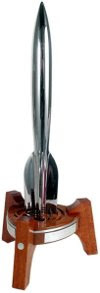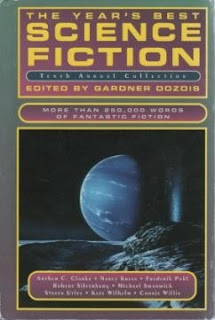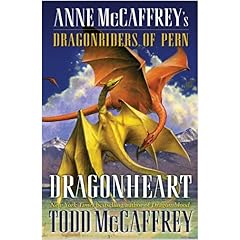
I've just put together two rather complex lenses over the past few days.
Over the weekend I did a lens called
Faerie Music about some of the groups that have performed at Faerieworlds. It includes six groups or individuals who have one to four CDs. I decided it would be better to group them together rather than make six rather small lenses. Most of the CDs are available through CD Baby, the rest is available through Amazon, and many are available through both.
The CD covers are links, mostly to CD Baby and to Amazon only if the CD isn't available on CD Baby. There are also small one-line graphic links to CD Baby, and text links to Amazon. One problem I have with getting fancy with Amazon books lenses is when I copy the image location to get the book cover image, Amazon puts the image in a square space. Books aren't square, of course, so if I try putting a colored background in the text space, a big white bar shows up on either side of the image. That doesn't happen with CDs because the images are square, so I had fun with colored backgrounds. I found a color picker program so I could choose colors from the images and apply them to the backgrounds. It was interesting figuring out the program and then carefully moving the cursor around on the little magnified box to the correct pixel. I think it turned out pretty nice.

Instead of going on to make more related lenses, which I will eventually, I decided to do a lens on the science fiction anthology edited by Gardner Dozois, former editor of
Isaac Asimov's Science Fiction Magazine, called
The Year's Best Science Fiction. The anthology and the lens have the same name. Dozois has edited 25 collections, starting in 1984, and another one will be out around the end of June. This turned into quite a project.
So far, I've only done 13 years' worth plus the two Best of the Best books published in 2005 and 2007. At first I was not going to get too fancy graphically. I just used the Affiliator addon to Firefox for the link to Amazon.com, a regular text link from Amazon.co.uk, and an image link from Amazon.com, all based on knowledge I gained when I redid my
Best Sellers list recently.
Each edition is in its own module, and I've listed all the stories in each one. I found lists of them I could use at LibraryThing, although they needed a bit of reformatting. I wanted to separate stories that had been nominated for or had won Hugo and Nebula awards, by listing them at the top with the awards. To do that I had to look through Wikipedia's pages. I needed six pages, one each for novellas, novelettes and short stories for each award. Then I had to find the winners in each book's contents. To further complicate matters, the Hugos and Nebulas have different rules, so usually a Nebula is listed one year before the Hugo, but not always. That took quite a while.

For the two Best of the Best books, it was looking even harder because I didn't know which year the stories were published. But I managed to find the International Science Fiction Database, which allowed my to look up stories by title, which would link me to a page where awards were listed. Since so many stories in those two books are award winners, I didn't separate the list into two groups.
It appears my lens is a bit ahead of Wikipedia with the awards listings. Their pages will say if a story won a Hugo, but not a Nebula, and my lens lists both.
Once I had most of the modules done, I decided to go for a little extra. I forgot about the white bars that show up if a book image is on a colored background, and I don't know any good way around it yet. So I went with a white background and a four-pixel colored border, with colors matching those on the book covers. Actually, there is a way around the background problem, and I used it on my
Todd McCaffrey lens, but I didn't feel like downloading, cropping and putting a border on 27 cover images.
The Year's Best Science Fiction lens is published with 15 volumes: the Fourteenth through Twenty-Sixth Annual Collections and the two Best of the Best volumes. I plan to add the rest back to the first volume provided I can find lists of the stories in every one. I may use the ISFDb instead of the six Wikipedia pages. It will mean typing in every story title, but I'm less likely to miss an award that way.






 I was surprised recently to discover that nobody on Squidoo had done a lens about
I was surprised recently to discover that nobody on Squidoo had done a lens about